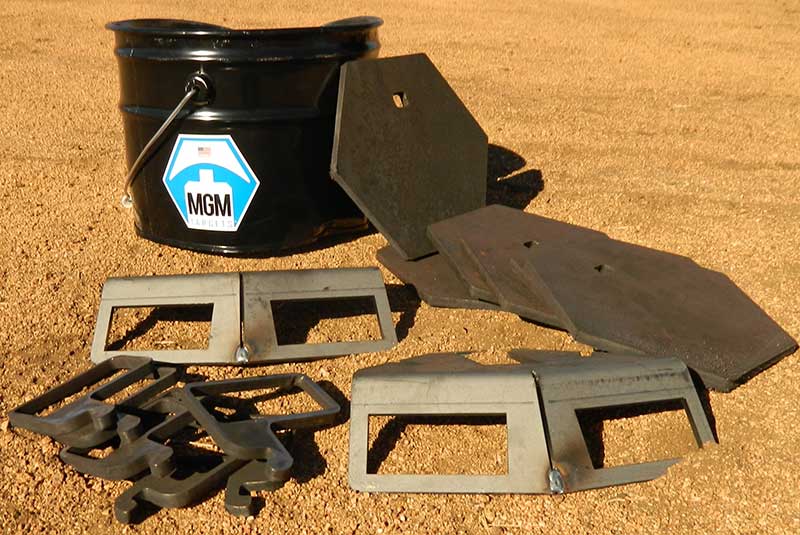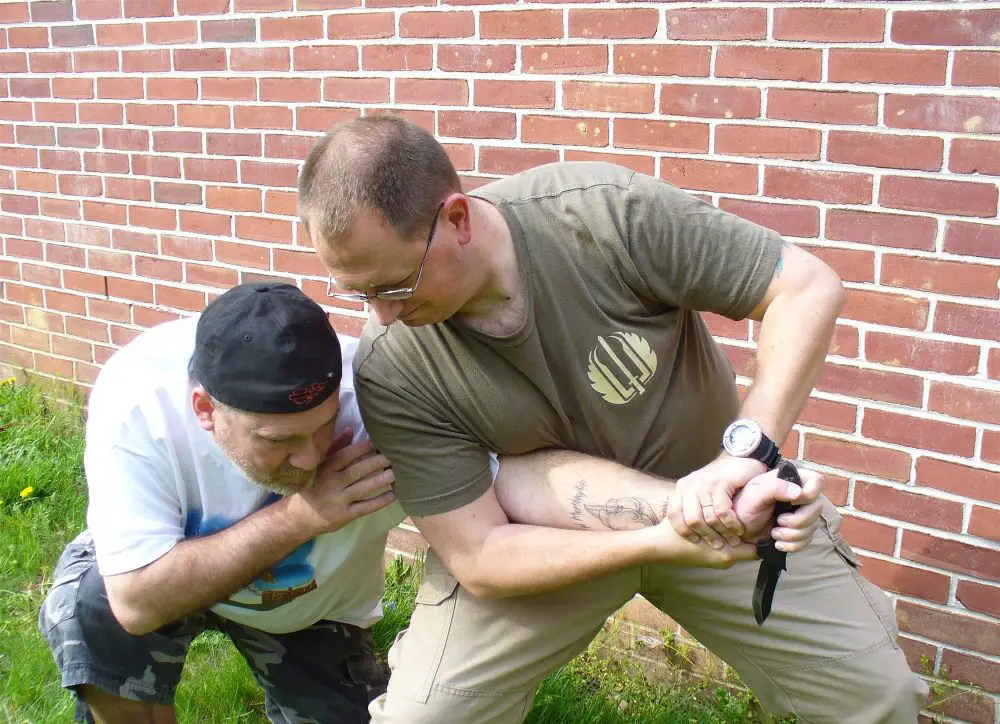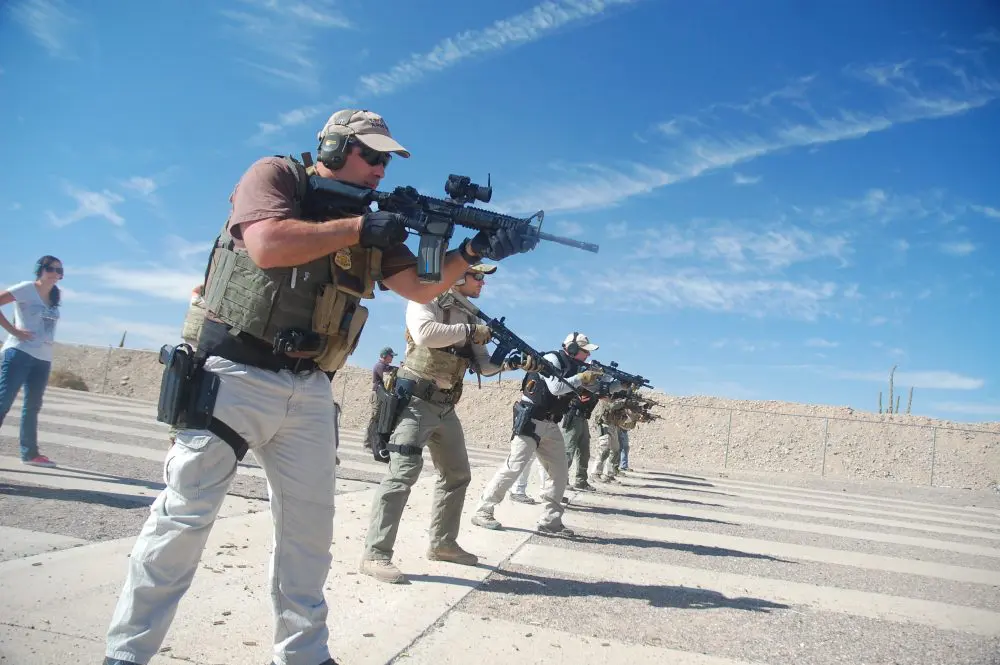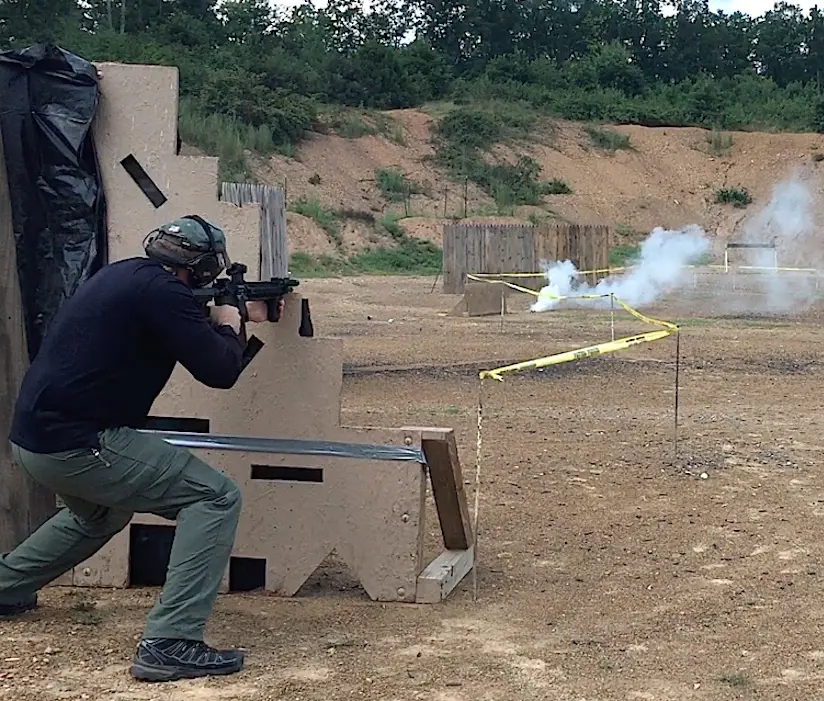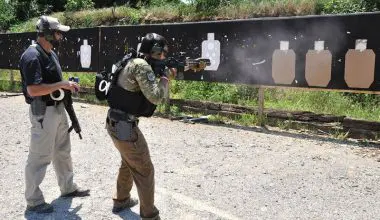Historically, the FBI has been in the forefront of cutting-edge law enforcement technology and has habitually shared advancements with city, state, and municipal police agencies.
Continuing this practice, the FBI Academy’s Practical Application Unit (PAU) acquired a state-of-the-art VIRTSIM (Virtual Training Simulator). It is the only one currently being operated by any government entity in the world, and it enables the Bureau’s famous training division to create an unlimited number of virtual training scenarios, ranging from very basic entry-level tactics and arrest techniques to intricate tactical problems and raid rehearsals.
Additionally, force-on-force drills with live adversaries transformed into computerized avatars can be transmitted to any organization in the world where another VIRTSIM system exists. The simulator was designed by Motion Reality, Inc., of Marietta, Georgia. If you’ve seen the movies Polar Express, Lord of the Rings, or Avatar, you have unknowingly appreciated the technology. Work like this has garnered the company an Academy Award for technical motion picture accomplishments.
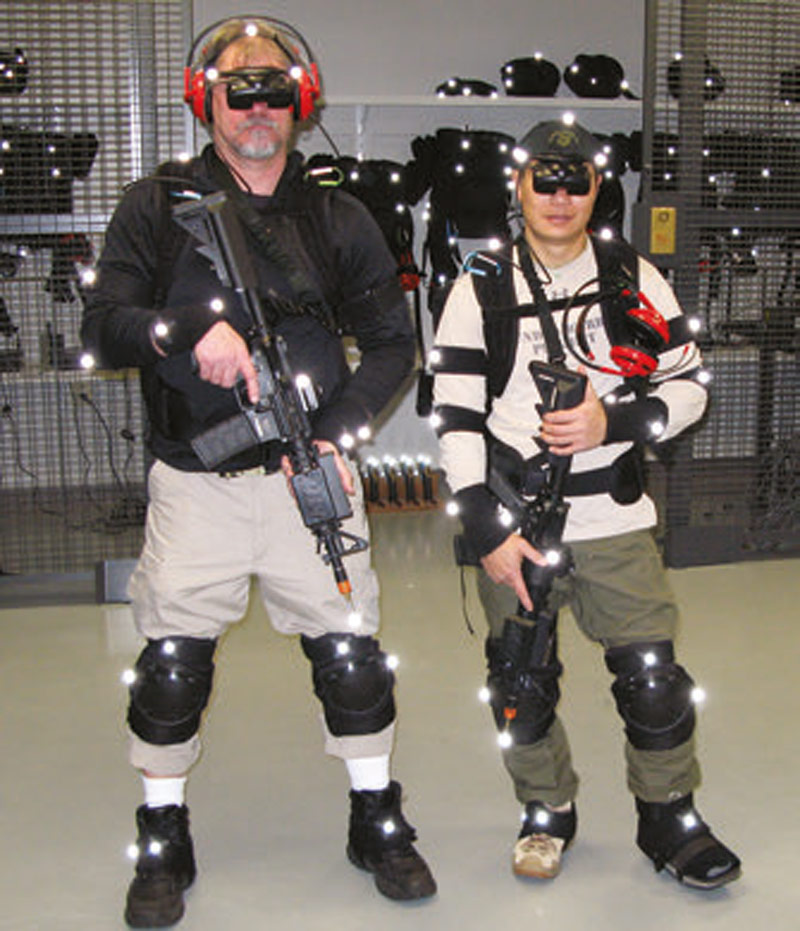
Table of Contents
SIMULATORS NOT NEW
My first experience with simulators that immersed the student into the scenario was at the Lydd and Hythe Training Camps and ranges in the United Kingdom.
Members of the FBI’s Special Operations and Research Unit (SOARU) had been invited by Delta Force and the British Special Air Service (BSAS) to participate in a joint counter-terrorist exercise at an abandoned military base. At the conclusion of the exercise, we traveled to the southeast coast to observe military “Bricks” (Fire Teams) and squads preparing for duty in Northern Ireland.
In a bullet-resistant briefing and observation room that watched the actions via closed-circuit TV, a squad was given a mission brief. Before crossing the start line, they converted their 7.62x51mm L1A1 rifles to .22-caliber rimfire, stacked and moved into the village square at a good interval.
It wasn’t long before pop-up Active Service Unit guerrilla targets presented themselves, with various fixed and concealed weapons with different muzzle report signatures, and fired live rounds above the heads of the squad.
They scrambled for available cover and returned fire only to have a parked car command IED detonated while some clustered around it. As sniping increased, the squad executed a tactical withdrawal with their wounded in tow, returned to the briefing room and were debriefed. The critique was accompanied by video of the squad’s actions and training points driven home.
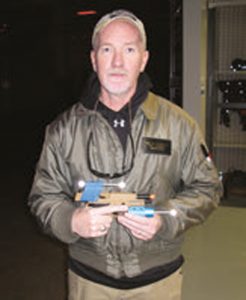
In Israel, there was much improvisation in the 1980s. They went to war with what they had and frequently employed captured enemy weapons. I drove with Yamam members to an old British police fort that had been converted into a simulator center and ensconced their crude but serviceable version of FATs (Firearms Training Simulator).
A motion picture scenario was projected onto a rolling paper screen, and operators engaged hostiles with UZI submachine guns. When shots impacted, the projectionist stopped the paper and movie so the hit, tactics and response time could be evaluated. However, while these and other simulators were quite useful, they never remotely approached the sophistication and flexibility of VIRTSIM.
PRACTICAL LAW ENFORCEMENT TRAINING
PAU Chief John Wilson Jr., a former Las Vegas, Nevada FBI SWAT team leader, and three members of his staff demonstrated VIRTSIM to me.
He explained that his priorities were new agent trainees, FBI in-service agents, DEA agents, and any other law enforcement partner, including FBI and police task forces, in that order.
Quite appropriately, some county school resource officers had already gone through active-shooter scenarios. New agents go through basic Close Quarters Battle (CQB) and use of deadly force scenarios.
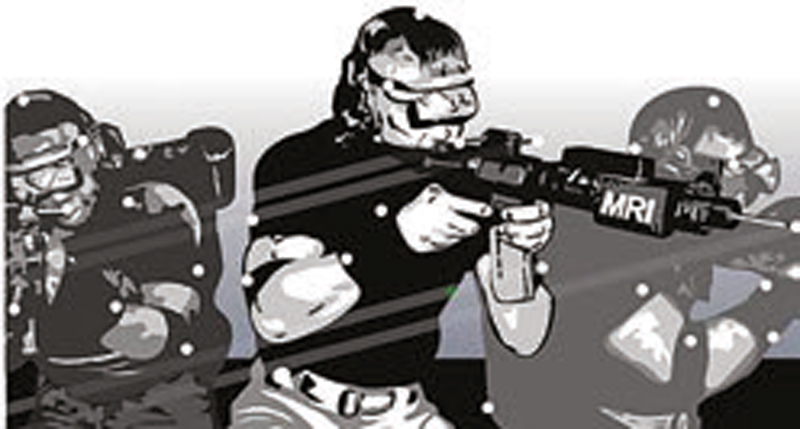
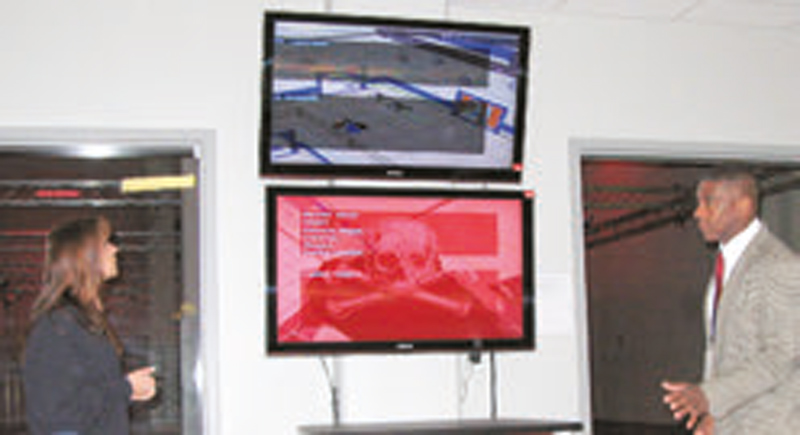
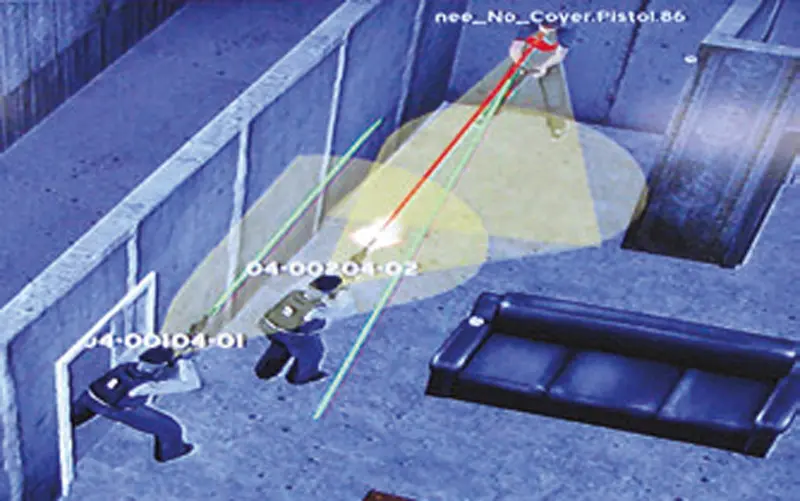
Simulator weapons platforms are select-fire ArmaLite M4s and SIG Sauer P226 pistols. But when viewed through the heads-up display (HUD), students see a Glock 22. These weapons do cycle (the P226 via green gas), but fire no projectiles and have no recoil or actual muzzle flash. Simulated muzzle flashes emanating either from operator or subject are viewed by participants through their HUDs.
Motion Reality advises that in the near future, weapons systems such as the M16/M4, AK, M249 light machine gun, Beretta M9, SIG P226, and IEDs will possess all functional characteristics.
To limit damage, magazines from the M4s are not dropped during reloading onto the concrete floor but are removed and then reinserted to “recharge” the weapon. P226 15-round magazines can be jettisoned. Trainees usually carry two.
CAN SERVE TIER ONE UNITS
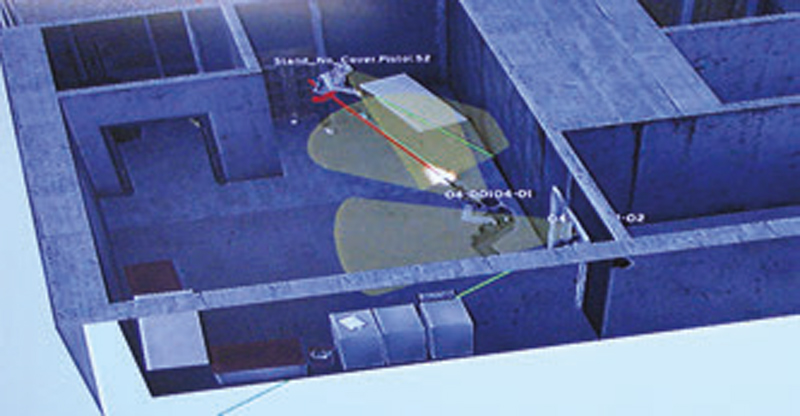
The PAU can choreograph any scenario and target any skill level. The FBI’s version of VIRTSIM is not a full-sized system. It can run up to six personnel simultaneously, while the standard 50×100 Volume Arena can train up to 12 plus an accompanying trainer.
The Bureau’s VIRTSIM has ten different environments with ten different 360-degree scenarios that can be “played” by immersing the trainee into the scenario.
It’s an exciting tool for tactical teams because shoot house architecture and floor plans can easily be changed to keep operators challenged. Pre-incident security site surveys of vulnerable targets such as schools could, with blueprints, be replicated by VIRTSIM, enabling response forces to rehearse a potential rescue-and-recover action in advance.
Executive protection teams can have their advance party acquire maps of routes or hotel floor plans and augment that with photographs and video. Before deployment, CAT (Counter Assault Teams) and bodyguards can rehearse immediate action drills, VIP security formations, and contingencies well before the VIP embarks for his destination.
EXTREME SOPHISTICATION
In the Volume Arena, 72 cameras track the markers on weapons and trainees. Red lights provide marginal illumination, so the markers, which generate the avatars, are not diluted by white light, and students can focus better on the heads-up display.
Trainees wear a backpack computer, which reminded me of the PRC 25 radios we carried in Vietnam or the weight of SCUBA tanks.
The backpack communicates instantly with the student’s HUD, earphone- equipped headsets, and the control center. A technician operates the twin video screened control center.
One sees what the operator sees in real time. The other screen collects data on the actions of the operators, commands, timings, hit placement, percentage of hits, number of rounds fired, distance, etc. Along with the trainer, the center or trailing trainer can issue verbal prompts to correct mistakes in progress, such as wandering outside the VIRTSIM boundaries.
When the student receives a laser hit by a simulated avatar or force-onforce adversary, he sees a red skull and crossbones in his heads-up display and, with electric-shock armbands in place, VIRTSIM can “cattle prod” the operator.
When “hit” the virtual displays of student and adversary are splashed with red representing blood flow. The PAU requires students to hit their avatar adversary three times to neutralize, but the aggressor only has to shoot the agent once to do him in.
FIREARMS SAFETY EMPHASIZED
The simulator has some interesting idiosyncrasies. If you bring your weapon close to your body-mounted markers, it will fire. I did this with my pistol and “shot” myself in the lower leg, which turned red.
Muzzle awareness is another gunhandling safety skill that is reinforced by VIRTSIM. All simulator guns are treated as if they are real and hot and must be handled accordingly. Poor and dangerous habits are identified and critiqued. A weapon-mounted “Bore Sight Indicator” shows muzzle direction on the control center’s monitor and is recorded.
In contrast to the use of deadly force, where avatar bodies remain where they fell, subjects that are arrested, controlled and “handcuffed” disappear from the scenario, to simulate evacuation by follow-on personnel.
TIME CRUNCH, BUT TIME WELL SPENT
Time is the great enemy of trainers, and student availability is carefully scheduled. Getting kitted up with all the electronic gear and weapons as well as getting “captured” by the computer takes up training time.
Donning and adjusting backpacks, HUDs, and a collection of upper and lower body and extremity markers can take 15 minutes or more with inexperienced personnel who must be closely supervised.
However, outdoor range training classes also consume a considerable amount of time with pre-shoot briefings, distribution of ammunition, erection of targets, policing up, gun cleaning, and vault turn-in.
Once “dressed to kill,” students must stand motionless with weapon in the Volume Arena to, as mentioned, be “captured” by control, so they can be turned into an avatar image. This image is very accurate. I could see my bow legs (no, I am not a cowboy) advancing me down a hallway.
A run by two students through a scenario takes approximately 20 minutes on average. Indispensable after-action critiques—depending on the number of operators involved—consumes even more of the class’ allotted training time. Fortunately, PAU has the class for 2 1/2 days and is subdivided so sections can participate in and rotate from simulator to outdoor range to Hogan’s Alley.
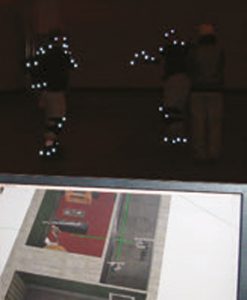
WHAT YOU SEE
Looking through the HUD, the dominant structural color is gray, but interior walls, furniture, and plants are presented in dull yellow, browns, and greens respectively. Aggressors and operators are in contrasting colors. The FBI uses numbers imposed on student’s backs rather than names for security reasons.
The agent also has a normal, though somewhat limited, field of view that is seen in the control room as a bright yellow cone similar to an expanding flashlight beam. The simulator also shows where the subject is looking during the takedown, with a similar cone of observation. Control can also see what the subject sees when you come through “his door.”
Muzzle direction is constantly monitored, and fired bullet trajectories are also observed by control and depicted as green laser tracers. Although the green trajectories “pass” through internal and external walls, students cannot shoot through walls or household objects to take out a hostile threat.
Nevertheless, this capability for both hard and soft barriers can be programmed into the system. Since no actual lasers are projected, there is no danger to students’ eyesight. When the student sees a broad oval on the floor of the problem area, it means he has reached the scenario’s terminus. If desired, the same problem can be run in reverse.
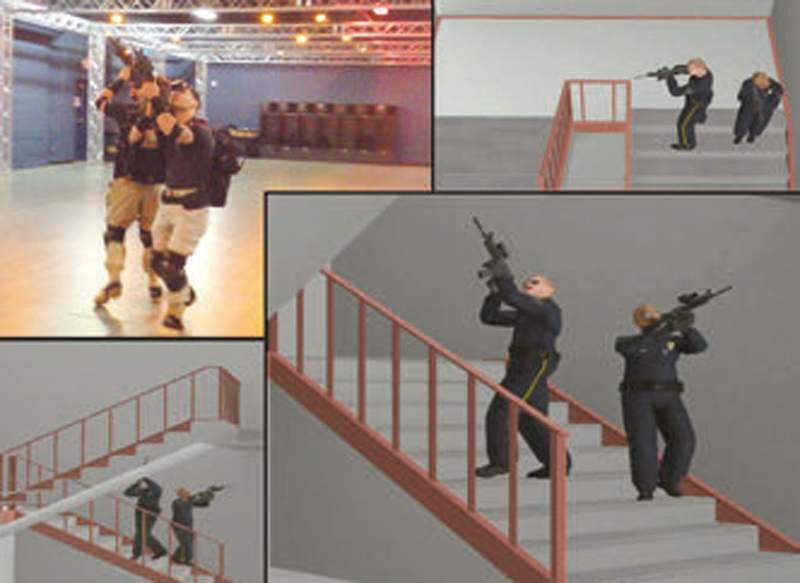
NO HIDING
Interestingly, when a cohort is in the Volume, there is no place to hide. The “Gray Man” student who lacks confidence and consistently migrates to the back of the team can be identified and confronted during the critique.
It can also assist high-level tactical teams during selection of new operators. Problems requiring good judgment and sound decisions can be included to measure the candidate’s law enforcement maturity and basic skill level.
AFTER-ACTION REVIEW
Motion Reality’s Joe Harmon advised that student progress can be measured over time with VIRTSIM. All student runs are archived by the system’s After Action Review (AAR) feature and stored until removed.
All aspects of the gun battles are recorded and analyzed. As data is accumulated, it can be used to determine student improvement or lack thereof. The company is considering developing an AAR that can give numerical grades for both correct and inappropriate actions.
COST EFFECTIVE
Although detailed cost comparisons between VIRTSIM and conventional training have not been made, feedback from police agencies and military end users pointed out that in training time saved and with the reduction of ammunition expenditures, the system could result in significant cost savings over time.
Other areas impacting economy of time and costs would be the policing up of brass, inclement weather, and the downtime resulting from range repairs, range berm mining of lead, EPA regulations, and safety.
No live-fire weapons are used, so a lower ratio of instructors to students would certainly economize on manpower. Firearms would function and sound like real firearms. Scores—along with shooting errors observed from all angles, including in front of the student’s muzzle or the target’s perspective—would be captured and archived for future reference.
Other savings in training time and costs would be realized because targets would not have to be repaired, replaced or stored for future use. Weapons security, care, cleaning and maintenance would be non-issues. No expenditures for cleaning gear and a cleaning room would be necessary.
Its 24/7/365 availability is justification enough to give VIRTSIM serious consideration. In spite of its advantages, VIRTSIM is not a substitute for regular training. It would be interesting to have a class train exclusively in VIRTSIM marksmanship and compare it to a class trained in the traditional manner.
TIMING IS CRITICAL
PAU Unit Chief Wilson advised that mature new agents should be exposed to VIRTSIM. This would occur around the midpoint of new agent or cadet officer’s training, after they have acquired sufficient weapons and arrest skills. For the FBI, that would be at the tenth week of Academy instruction.
EXCELLENT OPSEC
Because VIRTSIM is not connected to the Internet, unless the activity were being transmitted to another distant agency, sensitive rehearsals cannot be hacked. The VIRTSIM structure is fully enclosed, and since no air exhaust of propellant residue is required, the Volume Arena can be further isolated and sealed from electronic penetration and eavesdropping with the usual physical security measures.
CONCLUSIONS
I’ve always looked forward to proving my mettle with my favorite blaster or issued piece on a small arms range. Punching holes in paper and knocking down steel with your peers providing undeclared but serious competition was a training day well spent.
Shooting for blood with government ammunition and its accompanying noise, recoil and muzzle flash was a serious matter, but still had the air of a sporting event.
But the future appears to be in simulation. While it may not replace conventional training, it will complement any level of training programs.
Although costly, several departments could pool their resources and establish a regional VIRTSIM center to cover the full gamut of law enforcement requirements. Over a period of time, savings in ammunition and training time will defray some of the investments made.
Dry firing is valuable for inculcating safety and improving gun handling. For some departments, it has become a necessity because of the current ammunition shortage.
If this situation persists, simulators like VIRTSIM may prove to be more effective than dry firing—and with firearms that cycle realistically.
